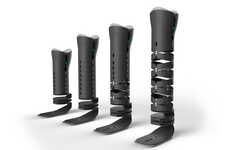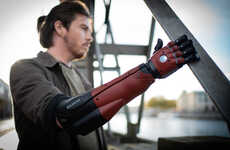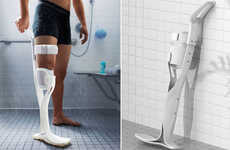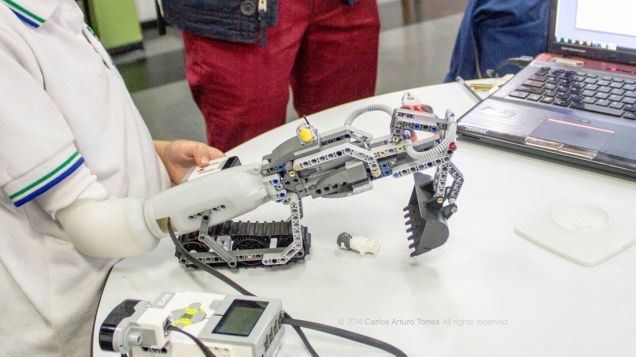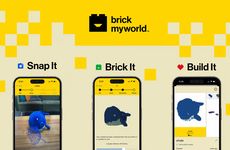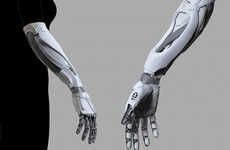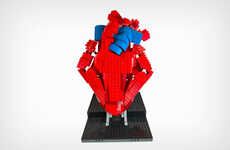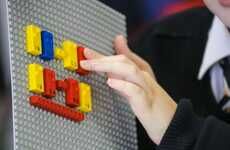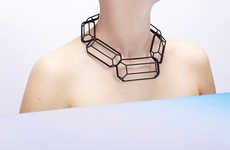
This Mechanical Arm Allows Children to Design Custom LEGO Creations
Katherine Pendrill — July 13, 2015 — Life-Stages
References: uid.umu.se & lego.gizmodo
A researcher at the Umeå University in Sweden has designed a mechanical arm that is compatible with LEGO. Carlos Arturo Torres Tovar designed the clever device as a way of empowering children living with missing limbs, by giving them a fun way to customize their prosthetics.
The mechanical arm is produced similarly to other prosthetics, but with a unique twist-and-lock modular design that is compatible with LEGO. This clever design allows children to swap out the traditional three finger gripping attachment for their own custom LEGO creations. By turning a prosthetic device into a familiar toy, the mechanical arm empowers children to use their imagination to create their own tools.
This new device is not only functional, but it also helps restore the confidence of disabled children by giving them a fun and easy way to use their prosthetics.
The mechanical arm is produced similarly to other prosthetics, but with a unique twist-and-lock modular design that is compatible with LEGO. This clever design allows children to swap out the traditional three finger gripping attachment for their own custom LEGO creations. By turning a prosthetic device into a familiar toy, the mechanical arm empowers children to use their imagination to create their own tools.
This new device is not only functional, but it also helps restore the confidence of disabled children by giving them a fun and easy way to use their prosthetics.
Trend Themes
1. Lego-compatible Prosthetics - Combining familiar toys with prosthetics to empower children to customize their own tools.
2. Modular Prosthetics - Designing prosthetic limbs with interchangeable parts to enhance functionality and personalization.
3. Child-centered Prosthetics - Creating prosthetics that cater to the unique needs and desires of children to improve their quality of life.
Industry Implications
1. Prosthetics Industry - Introducing innovative designs and technologies to enhance the functionality and customization of prosthetic devices for children.
2. Toy Industry - Collaborating with designers to create toys that can be incorporated into prosthetic devices for children with disabilities.
3. Healthcare Industry - Partnering with prosthetic and toy companies to provide affordable and accessible solutions for children with missing limbs.
4.4
Score
Popularity
Activity
Freshness


